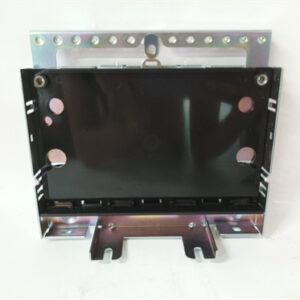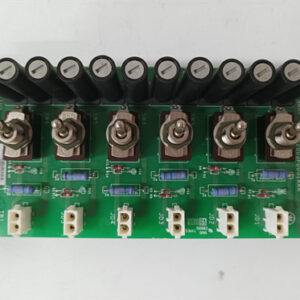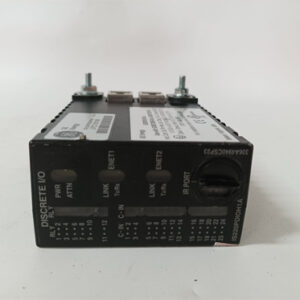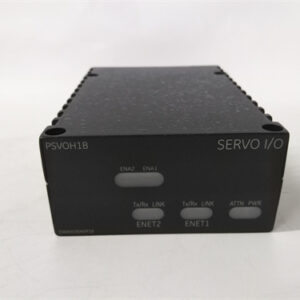الوصف
The GE part number IS200EMCSG1A is a Conduction Sensor Printed Wiring Assembly (PWA). It is a specialized circuit board used in GE’s EX2100 Excitation Control System. Its primary function is to monitor the conduction state of the SCRs (Silicon Controlled Rectifiers) in a generator’s exciter bridge. This is critical for diagnosing and protecting the system from power electronic faults. ⚡
Function and Key Features
A generator’s excitation system uses an SCR bridge to convert AC power into the DC power needed for the generator’s field windings. The EMCS board monitors the health of this bridge.
- Conduction Sensing: The board uses a sensing circuit to detect when each SCR is conducting current. It’s designed to monitor for two primary fault conditions:
- Open Circuit: An SCR that fails to turn on when commanded.
- Short Circuit: An SCR that remains “on” when it should be off, also known as a conduction fault.
- Fault Detection: By monitoring the conduction state, the EMCS board can quickly identify a faulty SCR. It sends a signal to the main controller, which can then take protective action, such as tripping the exciter or initiating an alarm. This prevents a minor fault from escalating into a catastrophic failure.
- PWA (Printed Wiring Assembly): This term simply refers to the complete circuit board, including all components soldered and mounted to it.
- System Integration: The EMCS card works in conjunction with the main control card (like a DSPX) and other I/O boards to form the complete excitation control system. It’s a key part of the system’s diagnostic and protection logic.
- Robust Design: Like all GE industrial control components, it is built to withstand the harsh conditions of a power plant.
Applications
The IS200EMCSG1A is a legacy component primarily found in power generation facilities. It is an essential component for:
- Excitation System Protection: It protects the exciter bridge and the generator’s field from damage caused by SCR faults.
- Predictive Maintenance: Early detection of a failing SCR allows for scheduled maintenance and replacement before a major failure occurs, reducing downtime and costs.
- Diagnostics: It provides crucial diagnostic information to technicians and operators, helping them quickly identify the root cause of a fault.

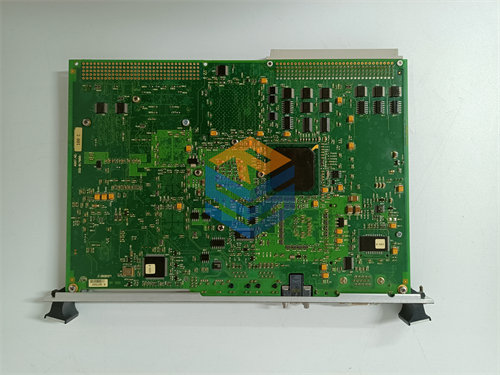


 +86 15340683922
+86 15340683922 +86 15340683922
+86 15340683922